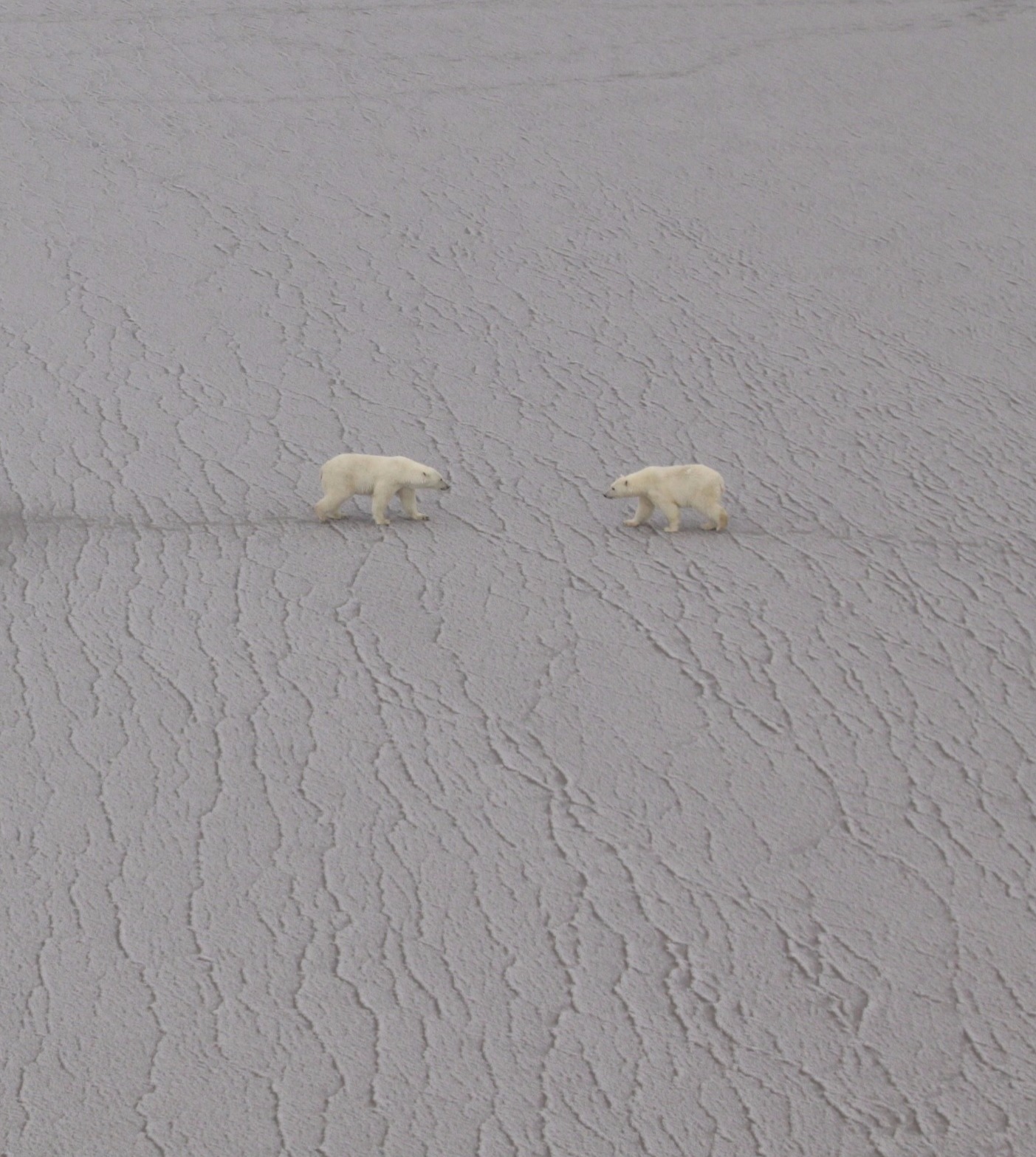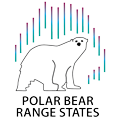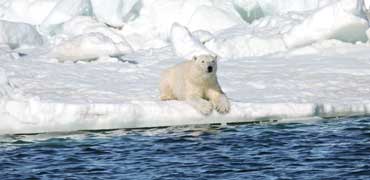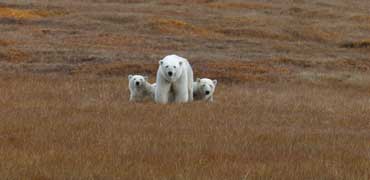 Photo credit: U.S. Fish and Wildlife Service
Photo credit: U.S. Fish and Wildlife Service
Bilateral cooperative arrangements have been established to manage most subpopulations that transcend more than one country but remain within the exclusive economic zones of the Range States. The following is a list of the bilateral agreements that are in place. For details of each agreement, see Circumpolar Action Plan, Annex II.
Inuvialuit-Inupiat Polar Bear Management Agreement in the Southern Beaufort Sea Subpopulation: Southern Beaufort Sea (Canada-U.S.)
Memorandum of Understanding between Environment Canada and the United States Department of the Interior for the Conservation and Management of Shared Polar Bear Populations Subpopulation: Southern Beaufort Sea
Memorandum of Understanding between the Government of Canada, the Government of Nunavut and the Government of Greenland for the Conservation and Management of Polar Bear Populations Subpopulations: Kane Basin and Baffin Bay (note: while the Davis Strait subpopulation is geographically shared between Canada and Greenland, at the first meeting of the Parties of the Canada-Nunavut-Greenland MOU it was noted that given the scarcity of bears from Davis Strait that are harvested in Greenland, the MOU would concern the Kane Basin and Baffin Bay subpopulations only).
Agreement between the Government of the United States of America and the Government of the Russian Federation on the Conservation and Management of the Alaska-Chukotka Polar Bear Population Subpopulation: Chukchi Sea
Bilateral Environmental Agreement between the Government of Russia and the Government of Norway, including Provisions on Polar Bear Conservation Subpopulation: Barents Sea
Source: Circumpolar Action Plan



